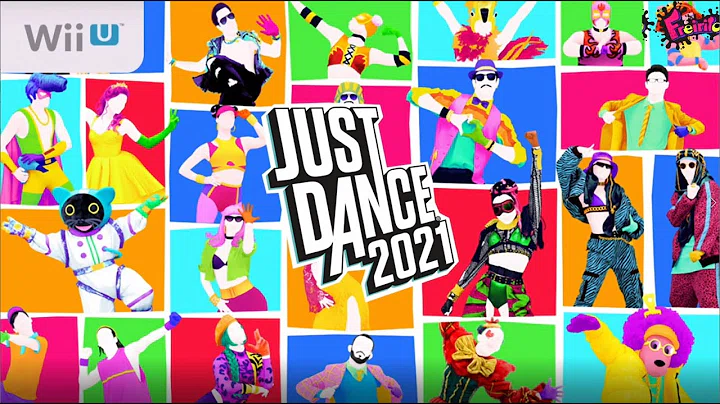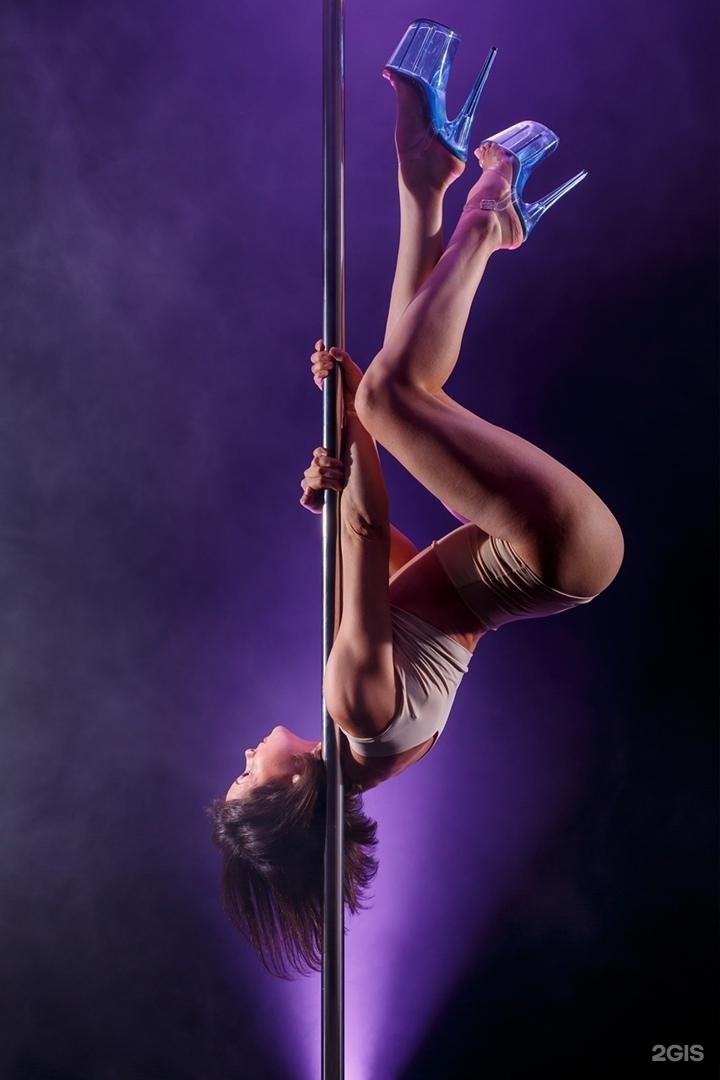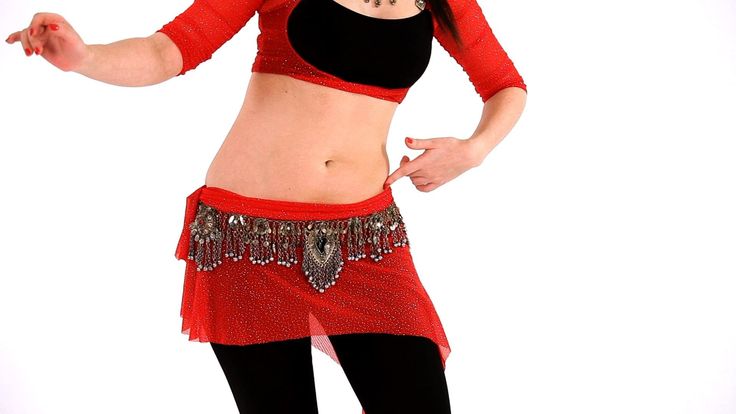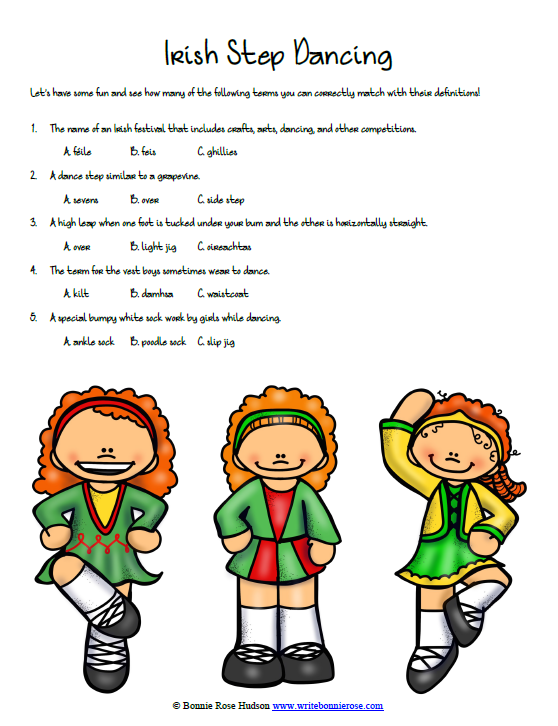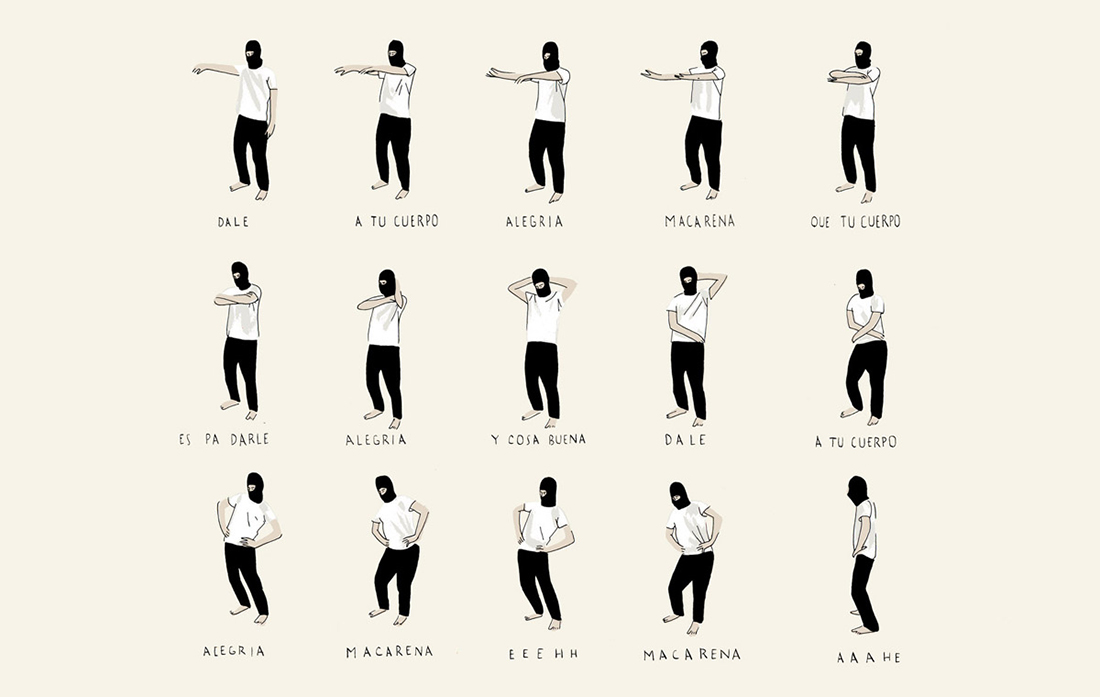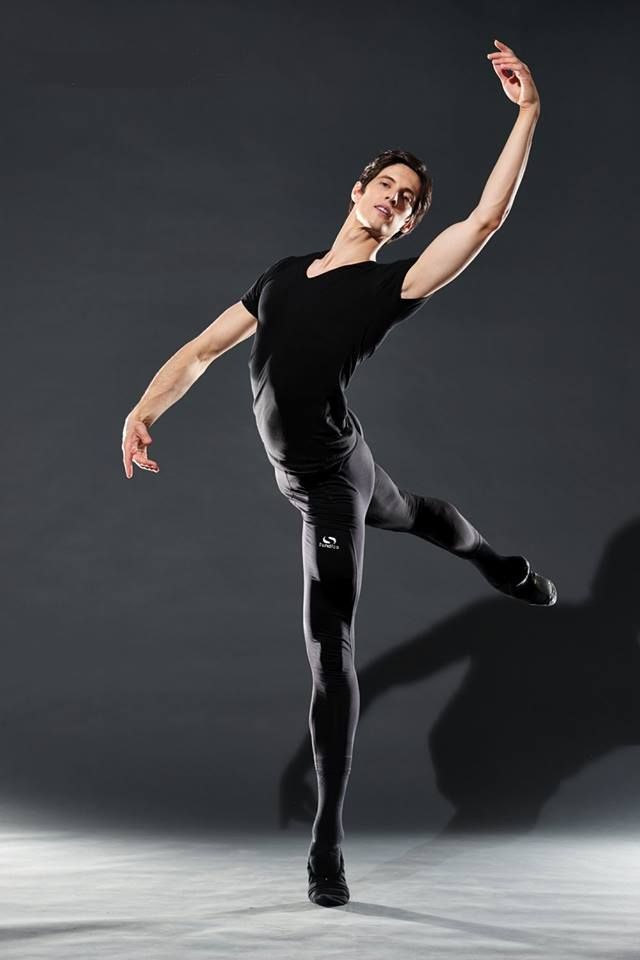How to dance flamenco steps
The Beginner's Guide to Flamenco
Flamenco is such a captivating art form and it enthralls and entices novices to begin a journey of learning it. So, they sign up for a class and then……
FREAK OUT! Why? Who knew flamenco was so complicated! There are the steps, then the footwork and the hand coordination and then that weird 12 count rhythm and all the different rhythms and, and, and….
It can be overwhelming for sure. Realize that flamenco isn’t like learning how to ride a bike. If you think of learning how to dance flamenco more like learning a new language, then it’s easier to digest the whole concept and just enjoy the journey.
But fear not, here is YOUR general guide to flamenco for beginners.
A SUPER BRIEF HISTORY OF FLAMENCO
Flamenco stems from hundreds of years of Andalusian (southern region of Spain) history that interplays with Andalusian, Moorish, Jewish and Gitano (Roma) cultures before and after the Reconquest of Spain (1492). But it is from the Gitanos’ anguished history that much of flamenco’s earliest most profound rhythms come from. In the beginning, the cante (singing) was the center of flamenco and stayed within family settings. By the late 18th century it began to venture into a performance environment and grew to the Golden Age of Flamenco in the late 19th century where the “cafe cantantes” flourished. This is where the dancer became the major attraction of the performances. Flamenco entered the theater in the late 19th and early 20th century where it was criticized for falling victim to commercialism.
FORMS OF FLAMENCO
At its core, flamenco consists of toque (guitar), cante (singing), and baile (dance). The music of flamenco is based on different palos (rhythms). Think of your favorite song and think of others doing covers of it or sampling it in variations. You could hear the chords of that song and immediately recognize it as your favorite song- quick, name that tune! That’s the same with flamenco.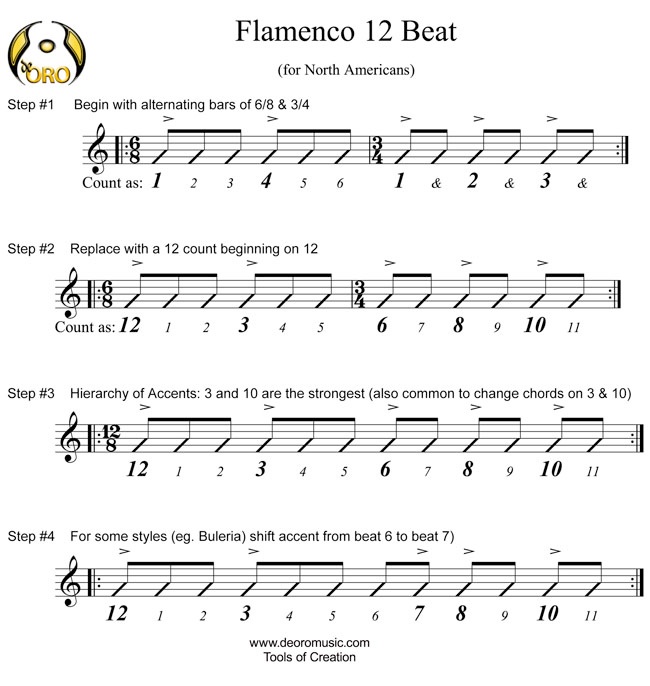 There are many rhythms like Alegrias, Guajiras, Tangos, Solea, Fandangos, Seguirilla, etc. They are all identifiable by their own tempo, feeling, melody and chords. Some are danced while others are only sung.
There are many rhythms like Alegrias, Guajiras, Tangos, Solea, Fandangos, Seguirilla, etc. They are all identifiable by their own tempo, feeling, melody and chords. Some are danced while others are only sung.
FLAMENCO TODAY
Although Flamenco is highly associated with Spain, it is still an Andalusian art form where it is still taught in homes through an oral tradition and occurs at informal gatherings called juergas. It is also taught formally in dance academies throughout Spain and has become a world wide phenomenon such that it has been declared a World Heritage Treasure by UNESCO in 2010. Flamenco aficionados from all over the world practice flamenco and flock to Spain every year for workshops and studies.
Generally, you’ll see flamenco in three forms- casera, tablao, teatro. Casera (home-style) means the kind of flamenco you’ll find at homes danced by non professionals at parties or juergas. This is where you’ll see grandma get up to do a little pata’a por bulerias at a wedding.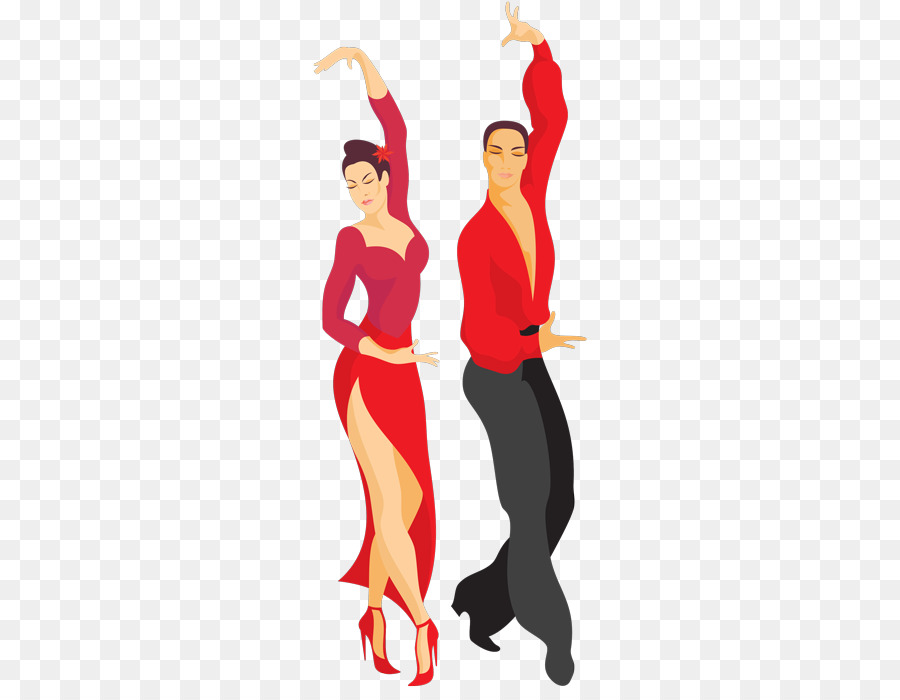 Then there’s tablao flamenco which is the type performed at the flamenco restaurants or clubs. These are small venues and tend to be improvised, although there may be some rehearsal for ongoing shows. Finally, teatro (theater) are the big flamenco productions that you see touring with company dancers, a choreographer and many musicians. Much thought is put into costuming, lighting, story and choreography.
Then there’s tablao flamenco which is the type performed at the flamenco restaurants or clubs. These are small venues and tend to be improvised, although there may be some rehearsal for ongoing shows. Finally, teatro (theater) are the big flamenco productions that you see touring with company dancers, a choreographer and many musicians. Much thought is put into costuming, lighting, story and choreography.
From there you could say there are two types of dance styles seen in tablao and theater and it’s from how the dancer learned to dance. Gitano style tends to be taught within a Gitano family home and is more raw and unrefined. Then the “rest” of flamenco styling tends to be quite broad but the general idea is that it’s learned in the dance studios and dancers may also train in other styles such as ballet. One isn’t better than the other, they just have different stylings.
COMPONENTS OF FLAMENCO FOR DANCERS
New beginners will most likely learn Tangos first, which is a fun and light hearted 4-count rhythm, then move on to one of the 12 count rhythms after several weeks. But what do they actually learn?
But what do they actually learn?
We start off with palmas, which is the hand clapping that goes along with keeping the rhythm. It’s important to be able to “hear” the rhythm and to keep time with the palmas. Then we move on to learning the hand movements that when done correctly look like beautiful fluttering birds. Then there’s marcaje which are the marking steps followed by pies (pronounced pee-yes, not the desserts) which is any of the rhythmical footwork that can be used as an accent or for a whole footwork sequence (escobilla).
Dancers learn all the various technique but we’re always learning the cante and the compás. We can’t dance without it.
In a live flamenco show, the dancer is in tune with the singer and the guitarist. They’re all playing off of each other just like a good jazz band when they’re improvising. If the dancer brings up the tempo, the musicians follow. If the guitarist plays a falseta, the dancer dances without footwork to let the guitarist shine.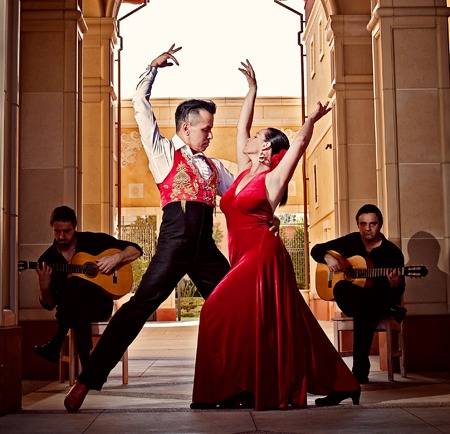 When the singer is singing, the dancer dances according the mood. It’s a conversation between all three elements.
When the singer is singing, the dancer dances according the mood. It’s a conversation between all three elements.
COMPAS
The most important element is the compás, which is the rhythm. In the United States, we teachers generally teach flamenco in Spanglish, speaking English while sprinkling flamenco terms in Spanish. For example I’ll say, “You’re dancing out of compás,” which means “You’re dancing out of rhythm. I will also say, “We’ll do this step for 4 compases and then transition.” In this case, compás means a measure- a count of 4 or a count of 12, depending on which palo (rhythm) we are dancing.
Now, compás is the one thing that can truly trip up a dancer. It’s important to be open to enveloping the compás to listen to it, to hear it, to feel the accents. Usually the 4 count rhythms are easier to dance to for American dancers because we’re accustomed to the count. However, it’s the 12 count that is most challenging, but it’s more prevalent in flamenco.
The 12 count rhythm generally starts on 12 and ends on 10 with the accents on 12, 3, 6, 8, 10. Whaaaaaat? Basically, the rhythm begins on the 12 count of the measure and then when it ends, it ends on 10.
12 – 1 – 2 – 3 – 4 – 5 – 6 – 7 – 8 – 9 – 10 – 11 – 12 – 1 – 2 – 3 – 4 – 5 – 6 – 7 – 8 – 9 – 10
This shows you two compases of 12, with the accents on 12, 3, 6, 8, 10 and then it ends on 10. Do you remember the musical West Side Story? The song “America” is in Buleria which is a 12 count rhythm.
12 – 1 – 2 – 3 – 4 – 5 – 6 – 7 – 8 – 9 – 10
I – like – to – BE – in – a – ME – RI – CA
LOL. It’s true!
HOW TO LEARN FLAMENCO
The only way to learn flamenco is to get out of your own way, meaning that we can over think things sometimes.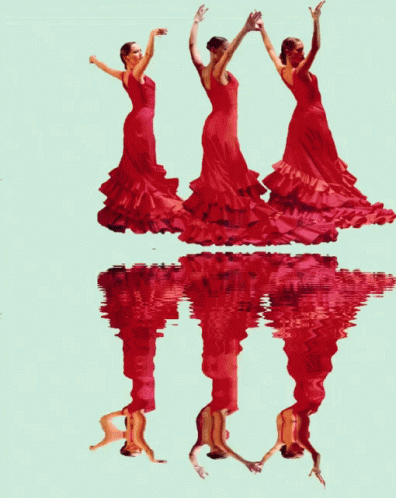 Flamenco involves allowing yourself to open up, releasing while there still is a tension. Kind of like don’t over think when you’re simmering in your flamenco energy, getting ready to reach a boiling point! But the other obvious things are to show up to class, practice, listen to flamenco, and watch flamenco.
Flamenco involves allowing yourself to open up, releasing while there still is a tension. Kind of like don’t over think when you’re simmering in your flamenco energy, getting ready to reach a boiling point! But the other obvious things are to show up to class, practice, listen to flamenco, and watch flamenco.
Sounds like a lot, I know! But when you have the flamenco bug, all of it is a joy and feeds our passions (even when we’re frustrated at not understanding a particular piece of footwork!)
So, sign up for your local flamenco class or join my Online Flamenco Studio and enjoy the process. Show up, breathe and release. OLE!
Flamenco Dance Technique {Flamenco Footwork}
Continuing on with our guide to flamenco dance for complete beginners today we are going to start looking at the different techniques of the body.
First up is the technique of the feet.
Flamenco dancers use their feet to create percussive rhythmic patterns that mix with the music created by the rest of the flamenco musicians, the singer(s), guitarist(s) and percussionists etc…
Flamenco footwork is part dance with the upper body and part percussion with the feet.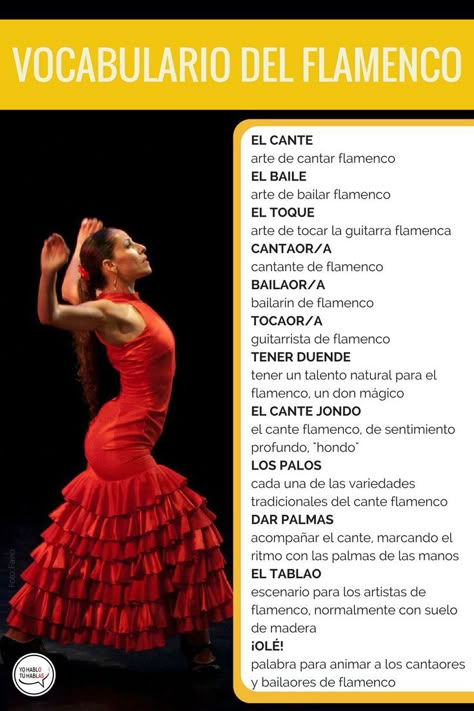 A dancer that has a great sense of rhythm and more importantly how to play with it is so much fun to watch. A great dancer will take you to the brink and back again (after the singer has of course) with their feet and body. I love flamenco footwork, it is very satisfying and more importantly lots of fun.
A dancer that has a great sense of rhythm and more importantly how to play with it is so much fun to watch. A great dancer will take you to the brink and back again (after the singer has of course) with their feet and body. I love flamenco footwork, it is very satisfying and more importantly lots of fun.
Now all that aside it is in no way easy to learn. As I write this I have a what feels like a million different sounds swirling around in my head after my class with José today. If he was to ask me I wouldn’t be able to repeat the steps that we did in class, I need to do a step mil veces (1000 times) before I have confidence calling it mine.
If you aren’t used to using your feet in this way you will need to time just to get your feet moving and on top of that you will need to start developing your sense of rhythm. Both of which take time and patience.
Flamenco shoes
If you are just getting started you do not need to buy an expensive pair of flamenco shoes to start learning footwork.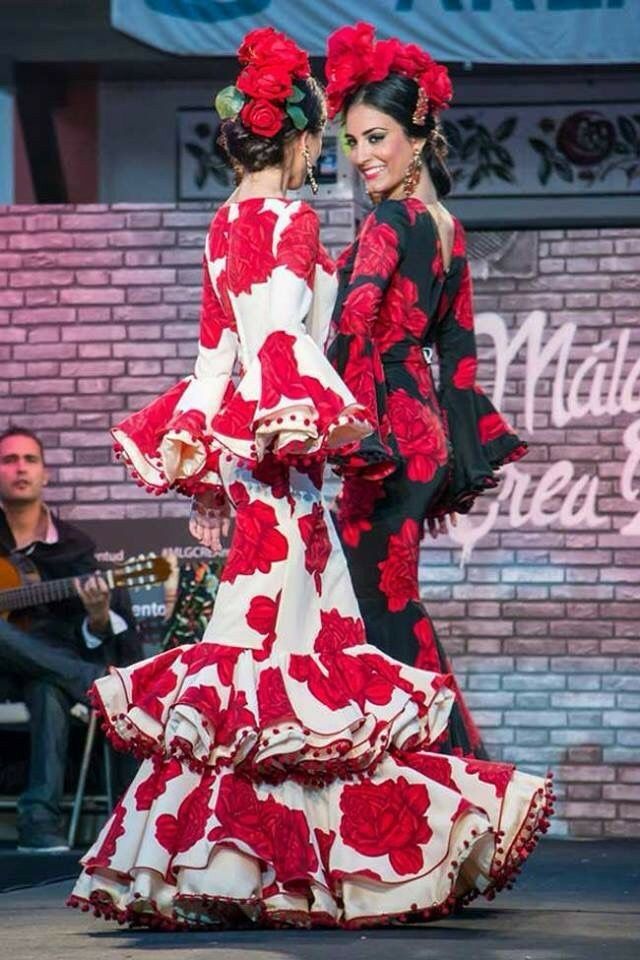 You need a hard soled shoe with a heel that is soft enough to move with your feet. Something like a character shoe would be fine.
You need a hard soled shoe with a heel that is soft enough to move with your feet. Something like a character shoe would be fine.
However, if you want to study flamenco seriously then you will need to invest in a pair of shoes.
Yolanda who writes at theflamencoguide.com recently wrote a rough guide to buying flamenco shoes online.
José and I both use and recommend shoes by Gallardo Dance. You can order online through their website. If you decide to buy from Gallardo feel free to say that Flamenco Bites sent you!
Basics of flamenco footwork
There are only so many things you can do with your feet. You can use the whole foot of a part of it to make different sounds.
The basics are:
golpe - a stamp with the whole of the foot striking the floor
planta - the ball of the foot striking the floor
tacón - the heel of the foot which can strike the floor from the whole foot being lifted up first or dropping with the planta (ball of the foot) already being on the floor.
From there there are just different combinations and techniques for how you can use each of the above.
Before we get to some steps that you can try lets talk about what you should do with your upper body while you are learning. Your torso should be lifted up out of your hips and should not be leaning forward or back. Keep you hands on your hips with you elbows pointing straight out to each side, not drooping backwards. To keep your elbows in the correct position you need to use the muscles of your back which is what we want.
Let your shoulders drop down your back and lengthen your head and neck. Look straight forward not down at the floor or at your feet if you are standing in front of a mirror.
Some basic steps to try
Try this basic step, watch how José (when he does the step slowly) really emphasises the separation of the planta from the tacón.
This next step is slightly more difficult. There is an extra tacón on the opposite foot to the one you used for the planta before the heel of the first foot comes down. Take it very slowly and make sure you try to separate the ball of the foot from the heel as much as possible.
Take it very slowly and make sure you try to separate the ball of the foot from the heel as much as possible.
Finally this exercise is another step up in difficulty. It includes the tacón that drops down with the whole foot being lifted into the air.
You might think that learning footwork is just about the feet but in combination with the feet you need to study what your upper body is also doing. Without a good understanding of the posture of the upper body you will struggle to get a good sound out of your feet.
Eventually you will want to play with the volume, dynamics and speed of your footwork as well as adding complimentary movements of the arms and head. Without good posture and control of the upper body that won't be possible.
You definitely want to be able to do something like this one day so don't forget to work on your body!
Next we'll be looking at body technique.
Thanks for reading!
Renae & José
Flamenco dance for beginners: basic movements and secrets
Flamenco is a rhythmic dance of passion. He also combines singing and playing music on the guitar, percussion element (or simply clapping his hands) and cajon. For centuries, it has preserved the history of Spanish culture for us, although there are about 80 styles. Flamenco classes give emotional relaxation, which is so important in the conditions of life in the city. Allows you to improve your posture, tighten your arms and legs, get rid of complexes. Thanks to our recommendations and description of the basic flamenco dance movements for beginners, it will not be difficult to please loved ones with beautiful elements in the near future. nine0003
He also combines singing and playing music on the guitar, percussion element (or simply clapping his hands) and cajon. For centuries, it has preserved the history of Spanish culture for us, although there are about 80 styles. Flamenco classes give emotional relaxation, which is so important in the conditions of life in the city. Allows you to improve your posture, tighten your arms and legs, get rid of complexes. Thanks to our recommendations and description of the basic flamenco dance movements for beginners, it will not be difficult to please loved ones with beautiful elements in the near future. nine0003
All styles are divided into groups that differ in a number of parameters. They differ mainly in their history. For example, alegrias is a direction based on songs that appeared in 1812 after the fall of the blockade of Cadiz. The next distinguishing parameter is mood. The third is the aesthetics of the performance, dividing the dance into hooligan, solemn and others. There are also parameters such as rhythm structure, mood and others.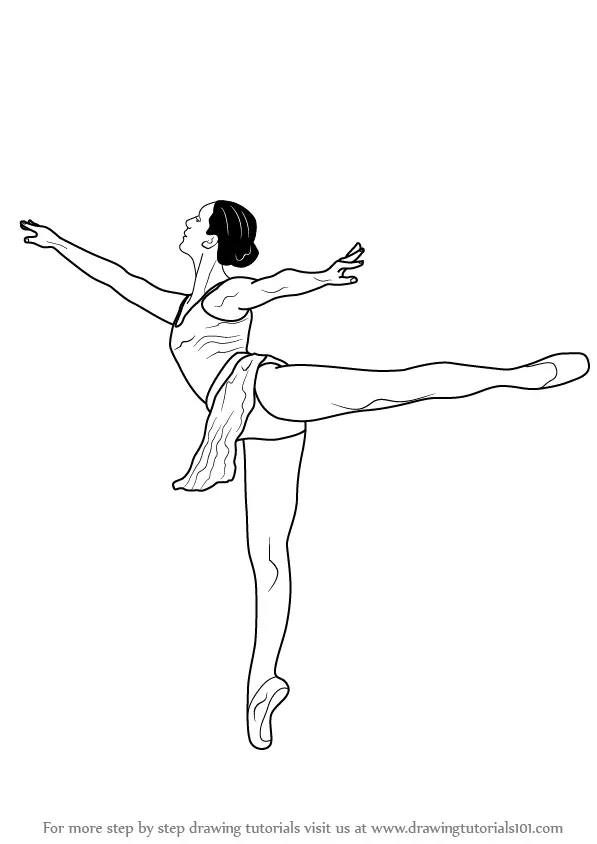
Doctors recommend this dance to patients to improve the functioning of the cardiovascular system and prevent varicose veins. Refers to rather energy-intensive dance types of cardio loads, which contributes to weight loss. Due to the beating of the fraction, the lymph flow and blood circulation in the legs improves. nine0003
Posture and weight control
Balance, sense of one's own body and weight are the main conditions for successful mastery of dance. This is necessary for making sharp attacks, jumps and turns. Posture is equally important. The stoop and stiffness of the shoulders makes the dance ugly. A flat back provides more room for a variety of movements of the arms, legs, head and body. In addition, a good posture reduces the risk of injury and increases self-confidence. nine0003
There is a myth about the need to keep the back "arched" throughout the dance. Only this is a delusion, since such a position is traumatic. Throughout the dance, the dancer assumes various postures in all directions.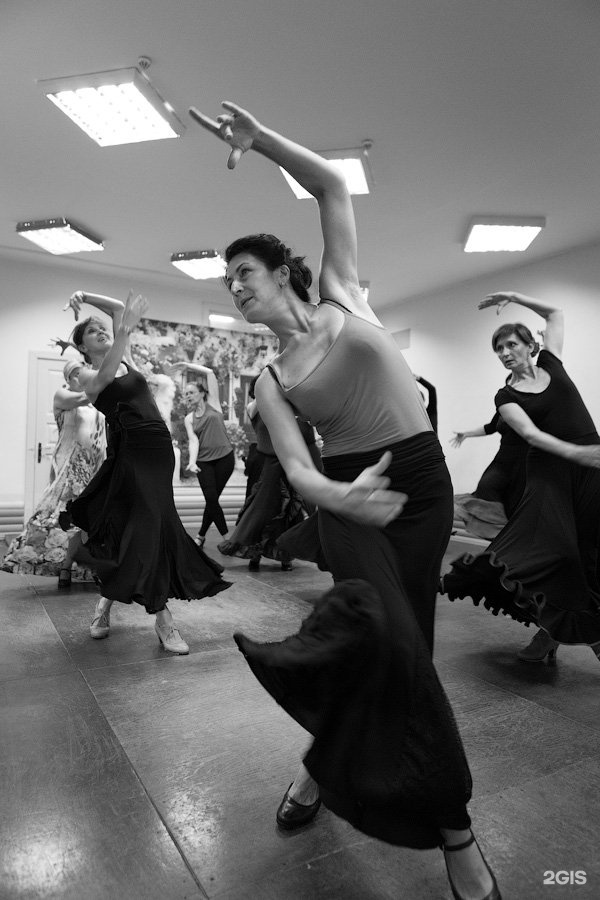 First you need to master the starting position. Stand up straight, push your chest forward a little, raise your arms up, while using the muscles of the back, and not the shoulders and neck. Do not lower your head, look forward, keep your shoulder girdle straight.
First you need to master the starting position. Stand up straight, push your chest forward a little, raise your arms up, while using the muscles of the back, and not the shoulders and neck. Do not lower your head, look forward, keep your shoulder girdle straight.
Step setting
The next step in learning is learning the basic steps. In addition to training with trainers, repeat the movements at home. Some steps may be difficult to learn. In this case, concentrate not so much on movement as on sound, rhythm, position of the feet. After that, it will become easier to coordinate the entire step.
Next you have to get used to the rhythm in order to enter at the right time.
Listen carefully to the music, tap the rhythm with a pen or pencil, you can clap it. The account is not useful here and will not help out. Having mastered the basic steps, you can use them to connect movements or use more complicated variations. nine0003
Practice in front of a mirror for the first time .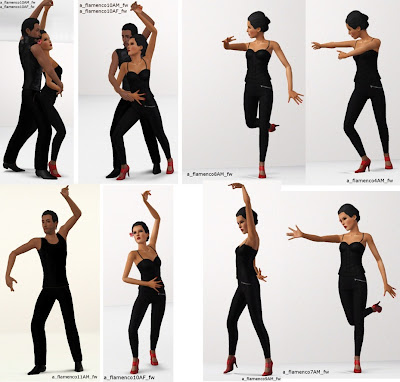
Movement of the arms
The arms should be rounded, always keep the elbows raised and half-bent. You can move on to learning the movements of the upper body after you learn to always keep your posture and control your body in the dance. The next stage is the development of wrist movements. Try to make the brushes as round as possible. When making movements with your hands, try not to move intensely. Never drop your elbows. nine0003
Whole body work
When working on a single element with your hands or feet, don't forget about the rest of your body. For example, when taking steps, keep an even posture. By the way, you always need to follow her, otherwise there is no point in further training.
Get rid of complexes, do not be afraid to look stupid at the stage of working out the steps. Flamenco will help you love and accept yourself for who you are. To get rid of the complexes, visualize and develop imaginative thinking. In other words, imagine yourself as a professional dancer during your workout. nine0003
nine0003
Repetition of lessons
You will achieve results only with regular and repeated repetition of both new elements and learned ones. After mastering the positions, move on to the steps, then add the movements of the legs. Then study transitions and turns. If you have problems when switching from one type of step to another, then you have poor control over your balance and your body . To make it easier to master new and complex steps in the future, work on the cause of failures. Understand that learning to dance flamenco will not work in a couple of months. You will need much more time. nine0003
Visualization of dance
Mentally do all the learned elements, especially at the end of the lesson. Sit down, close your eyes, play the rhythm in your mind and imagine yourself doing the pas. The main thing is to feel its implementation with your body. This helps to reinforce what has been learned, as well as facilitate further learning.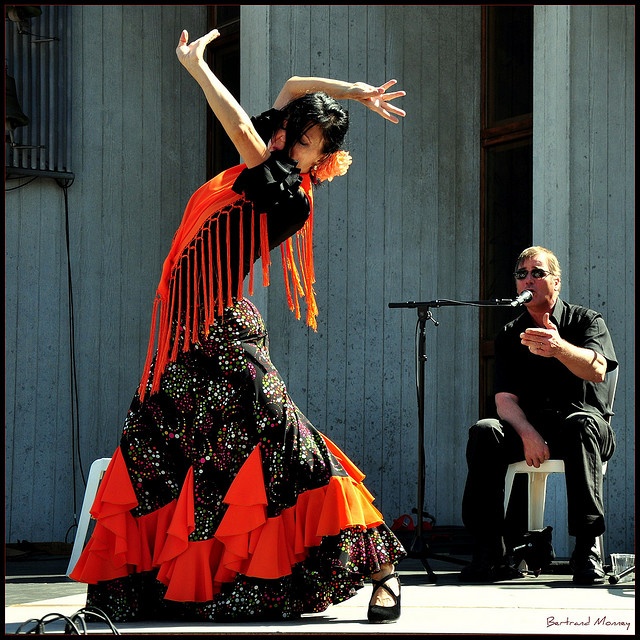
Genuine emotions
Learn the history of dance. The dancer must demonstrate different emotions while performing different steps:
- pain; nine0067
- pride;
- love;
- hate.
Dance with your heart, intuitively determine the appropriate emotion.
Basic Flamenco Movements
Once you have mastered the basic steps, you will be ready to move on to transitions and transitions. Therefore, pay attention to the technique of their implementation and the sense of rhythm.
Golpe (golpe)
Hitting with a full foot produces a full sound. With your foot you make a loud sound on the floor, as if you are putting a seal. nine0003
In the starting position, both legs are slightly bent at the knees and stand side by side at a short distance (3-5 cm). The body is clearly above the legs, the weight of the body is evenly distributed between them. The position should be stable and comfortable.
Planta (planta)
Hitting or placing the foot on the floor only with a toe with a high heel. In other words, you strike with the pads of your fingers, trying not to touch the surface with the metal part of the shoes. May be with or without sound.
Tacon
Heel strike from planta or golpe position. You cannot move the heel until the next step begins.
Tacon aldante (heel forward)
This is a variation on the basic tacon movement for the flamingo dance for beginners. There is a sliding element here, otherwise there is no difference.
Punta (punta)
Ponta or Punta means big toe. A step involves performing a toe strike behind the body or in front of the supporting leg, immediately raising it somewhere to the level of the ankle of the supporting limb. The set "point" gives a loud sound. nine0003
Flamenco dance (Types of modern dances)
Flamenco Flamenco - Spanish dance of passion!
The origins of flamenco can be found in Mauritanian musical culture. Gypsy music also significantly influenced this style - many consider the Spanish gypsies to be the main, true carriers of the style.
Gypsy music also significantly influenced this style - many consider the Spanish gypsies to be the main, true carriers of the style.
Flamenco
What is hidden behind the sonorous and alluring word "flamenco", inextricably linked with distant passionate Spain? nine0003
Origin
In the 15th century, gypsies arrived in Spain from the crumbling Byzantium and settled along the southern coast of the country in the province of Andalusia; according to their custom, they began to adopt and rethink local musical traditions, such as Moorish, Jewish and Spanish proper; and from this fusion of musical traditions, rethought first by the gypsies and then by the Spaniards, flamenco was born.
For a long time flamenco was considered a "closed art", as the gypsies lived as an isolated group; flamenco was formed in narrow circles. But at the end of the 18th century, the persecution of the gypsies stopped, and flamenco came to the stage of taverns and cantante cafes, gained freedom. nine0003
nine0003
At the end of the 20th century, flamenco began to absorb Cuban melodies and jazz motifs; and, in addition, elements of classical ballet acquired their permanent place there.
The most famous flamenco dancer Joaquín Cortes, who updated the concept of flamenco dance, rid it of the "canonical standard" and introduced a new lively stream and expressiveness into it.
It's more than just a dance, more than music or singing - it's a unique combination that turns flamenco into a real extravaganza. It is her that we so often lack in a measured life, where schedules rule the ball in half with constant stress. nine0003
The desire to fight the routine, multiplied by the interest in Spain and its culture, is pushing more and more people to study flamenco dance and all its subtleties - fortunately, now there are no obstacles for this.
Flamenco dance is a very special combination of Moroccan, Spanish and Gypsy motifs, and a huge part of its charm is also the skill of the singer and guitarist, which invariably accompanies any performance.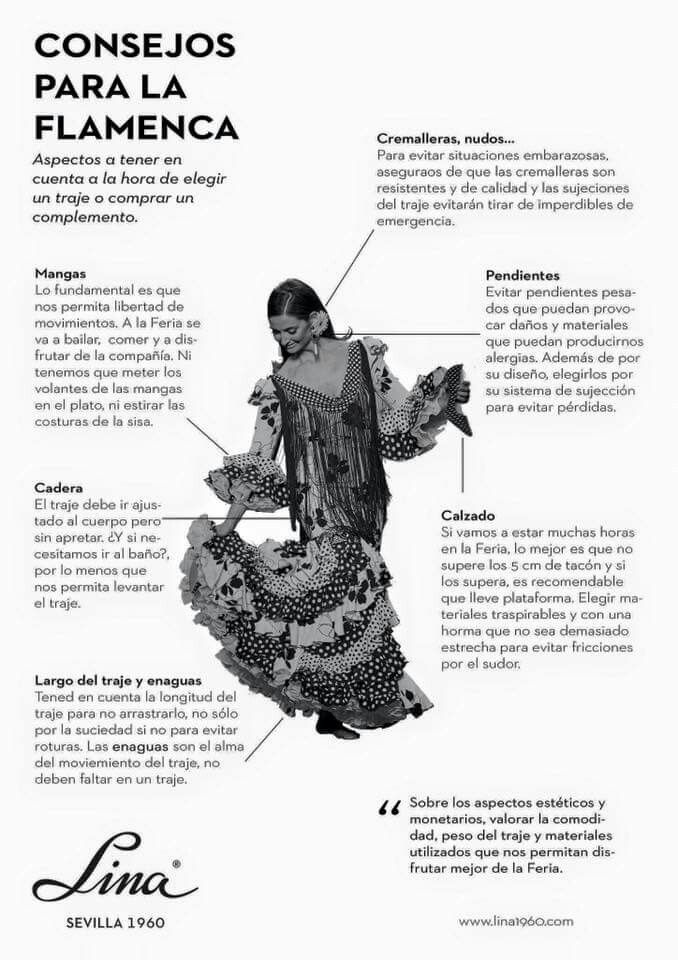 Although the main musical element is the guitar, drums are also important, the role of which is played by castanets, cajon, and sometimes just clapping. nine0003
Although the main musical element is the guitar, drums are also important, the role of which is played by castanets, cajon, and sometimes just clapping. nine0003
In many ways, flamenco is the art of improvisation , a dance that cannot simply be memorized, and a melody that cannot simply be memorized. This is partly why it has more than 50 varieties and continues to develop: on the basis of flamenco dance, other, modern directions appear. Flamenco festivals are very famous - especially, of course, Spanish ones - a whole world of colors, music and incredible beauty.
Characteristics and attributes. nine0051
Despite the fact that men also dance flamenco, it is known primarily for its dancers - a woman performing flamenco is one of the most common motifs in painting, especially Spanish. And who does not remember the charming image of a graceful woman in a red dress, performing complex pas? Flamenco dance is well remembered due to its bright and unusual attributes.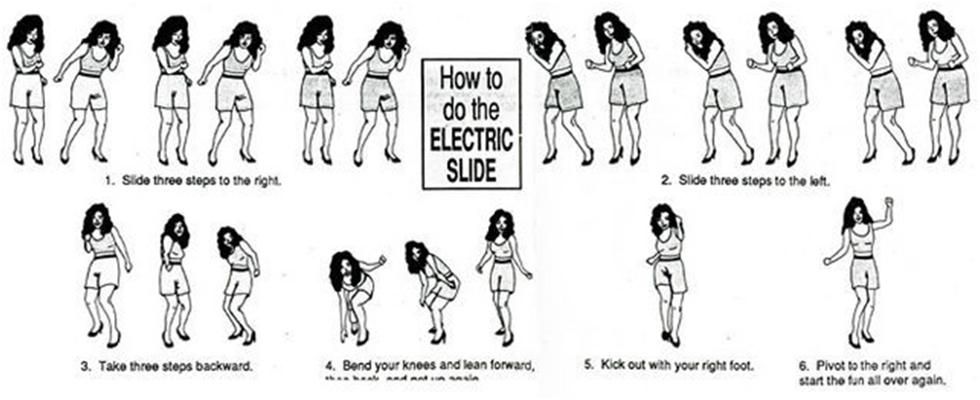
One of the most memorable is a long dress (most often it is red, less often black, although other colors are acceptable) with frills and a wide shawl. nine0051 A fan is also often used; whatever the dancer has in her hands, she includes everything in the performance, makes it a part of it.
Men wear wide black trousers , shirt with short sleeves (usually white) and wide belt , sometimes a vest is added to this outfit. Shoes, both male and female, are always with a small heel, the knock of which on the floor is a kind of musical accompaniment. However, until the 19th century, gypsies performed the flamenco dance barefoot, but now this practice is a thing of the past. nine0003
Flamenco is certainly not the first option that comes to mind when thinking about dancing. Nevertheless, it is worth considering.
Flamenco dance is a unique opportunity to realize yourself, touch the intriguing culture of Spain, acquire an exciting and unusual hobby.
